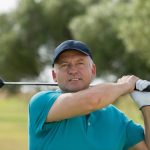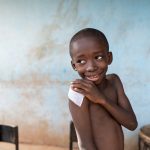
If you’re longing for a nap, try to keep it short. Researchers found that siestas of 30 minutes or more in Murcia, a region of Spain, where it’s common to nap, were linked to a higher risk of obesity, a group of conditions called metabolic syndrome and high blood pressure. “Not all siestas are the same. The length of time, position of sleep and other specific factors can affect the health outcomes of a nap,” said study co-author Marta Garaulet, a visiting professor in the division of sleep and circadian disorders at Brigham and Women’s Hospital in Boston. “A previous study that we conducted in a large study population in the U.K. had found that siestas were associated with an increased risk of obesity,” Garaulet said in a hospital news release. “We wanted to determine whether this would hold true in a country where siestas are more culturally embedded, in this case Spain, as well as how the length of time for siestas is related to metabolic health.” Investigators examined the relationship between daytime sleep and its duration with obesity and metabolic syndrome in more than 3,200 adults. Folks who napped 30 minutes or longer were more likely to have a higher body mass index (BMI), higher blood pressure and a cluster of other conditions associated with heart disease and diabetes compared to those without… read on > read on >
































-300x200.jpg)




